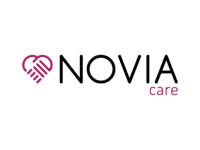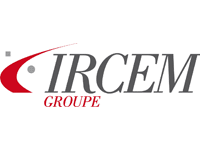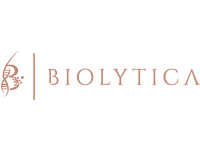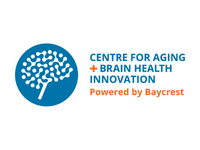In your opinion, as a healthy ageing expert, how do you see the sector’s evolution over the next ten years?
Depending on the country where we live, ageing will probably have different aspects, even if we have a “unified” European union. Overall I see three major stages in the ageing process:
· Healthy active ageing people
· Those who need some limited assistance
· Those who need significant assistance
The evolution will be completely different, depending at which stage the senior finds him/herself. For healthy active seniors, the limiting factor will be their financial situation, although European governments should be able to create a suitable environment to support and provide resources for healthy senior people to live at home, and have a good quality of life.
For those who need some limited assistance environment, they will probably stay at home. Home care and home services are becoming more and more developed and affordable for most of them. The bottleneck in our system will be the skilled nursing home environment and more specifically, the way local governments are going to handle this issue.
In ten years, I expect people will only come to skilled nursing homes in the final phase of their life cycle. This means they will be highly dependent on very expensive highly skilled care. The biggest challenges in our future social system will be how governments cope with these exploding costs, and how far our society will be willing to go to support seniors in need.
In the last two years of our lives, we generally spend over 80% of the total medical spend of our entire lifetime. In some European countries today, there is an on-going discussion about how far we, as a community, want to go in providing expensive medical treatments for the elderly. I am concerned that politicians will increasingly regard ageing as a cost issue or as a burden and not as a challenge to improve quality of life.
Therefore, it will be very important to invent new models and technologies that will reduce the cost of care and treatments and include policy makers, innovators and industry experts in the discussion. The priority is to maintain quality of life on top of our agenda.
How has Sodexo, a company targeting the consumer market, adapted to the needs of the senior care sector?
As a quality of life service provider, we are constantly reinventing our offers. We have a large range of specifically adapted food, wellness, technical and hospitality offers for care providers and for residents or clients at home who have practical needs or are living with dementia.
Are you involved in any specific collaborations with health professionals and the food industry tho address this market?
Yes, indeed. For example, we have fostered a partnership with the European and International Association of Homes and Services for the Ageing.
We have invested in research together with Leading Age, the leading US industry partner for ageing professionals.
In the future, we will probably increase these contacts and create deeper collaborations with leading health professionals and industry partners. In addition, we have our in-company quality of life institute that studies and publishes research about ageing issues as well.
What is the role of innovation when accessing the senior care market?
Increasing innovation will help us to diversify in this highly competitive environment. Today, we are focusing specifically on internal innovations that come from our teams in the field. Tomorrow, we will probably integrate technical innovations into our overall offer for seniors.
Do you think that the existing regulations are adapted to this changing sector?
I am not concerned about whether regulations will be adapted or not. The bigger challenge is the financing necessary to support the numerous new regulations that governments are imposing on the sector.
The AgeingFit business convention provides a unique exchange framework to facilitate collaborations and foster innovation between researchers, investors, buyers and users in the sector. What do you expect from this event?
I hope that young researchers and entrepreneurs considering investing in the senior sector will come to the event. In my opinion, AgeingFit will become the unique event to showcase their ideas or products with interested and relevant industry partners.







